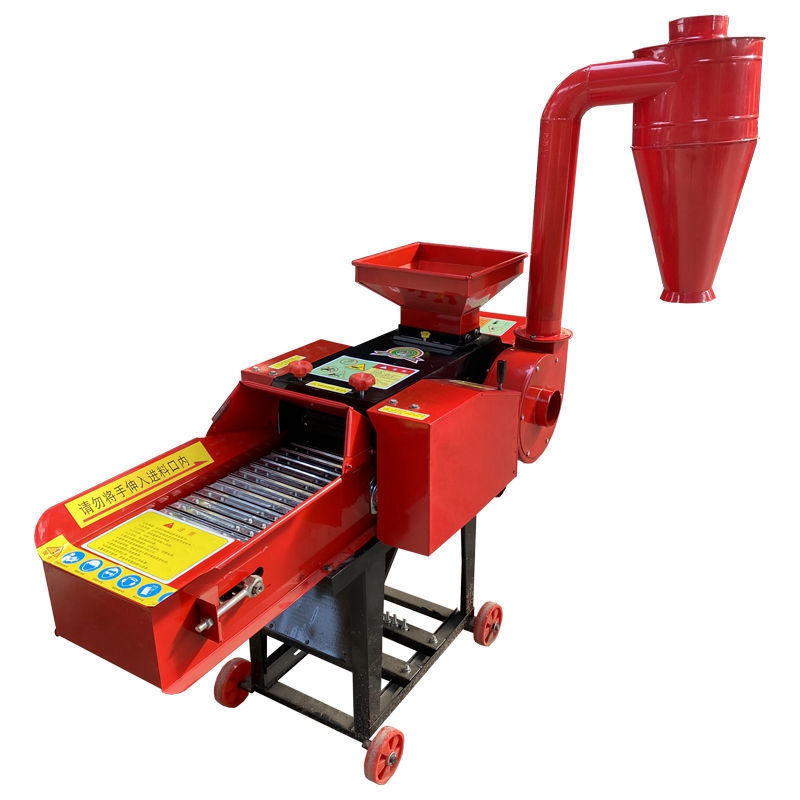Rib Cutting Equipment for Efficient Meat Processing and Preparation
Dec . 13, 2024 10:52 Back to list
Rib Cutting Equipment for Efficient Meat Processing and Preparation
Understanding Rib Cutting Machines Efficiency in Food Processing
In today's fast-paced food processing industry, efficiency and precision are paramount. One machine that has revolutionized the way meat is processed is the rib cutting machine. This specialized equipment is designed to cut ribs into uniform portions, ensuring consistency in size and quality, which is crucial for both cooking and presentation.
The Importance of Rib Cutting Machines
Ribs are a popular choice in various cuisines, often associated with grilling, smoking, or barbecuing. However, processing ribs manually can be labor-intensive and time-consuming. A rib cutting machine automates this task, significantly reducing the time and effort required to cut ribs. This automation not only enhances productivity but also minimizes the risk of human error, ensuring that each cut is precise.
A rib cutting machine operates with a series of blades that can be adjusted to create different sizes of rib cuts. The consistency provided by the machine ensures that each piece meets the specifications required for various recipes. In addition, by streamlining the cutting process, food processors can maintain higher hygiene standards, which is a critical consideration in meat processing.
Features of Rib Cutting Machines
Modern rib cutting machines come equipped with advanced features that enhance their functionality. Many models use stainless steel, which is not only durable but also easy to clean, meeting stringent food safety regulations. Some machines are designed with adjustable cutting depths, allowing operators to customize the thickness of each cut. This flexibility is particularly beneficial in catering to diverse culinary demands.
Additionally, rib cutting machines often include safety features such as automatic shut-off mechanisms to prevent accidents. Ergonomic designs can also minimize the physical strain on operators, making them easier to use over extended periods of time. With the incorporation of technology, some machines even offer digital interfaces for programming specific cut sizes, keeping precision at the forefront of meat processing.
rib cutting machine

Benefits of Using Rib Cutting Machines
1. Increased Efficiency One of the most significant benefits of using a rib cutting machine is the drastic reduction in processing time. Machines can typically cut large quantities of ribs in a fraction of the time it would take to do so manually.
2. Uniformity and Quality Control The uniformity of cuts achieved by these machines ensures that cooking times and presentation are consistent across all servings. This is essential for restaurants and food service providers, where presentation and taste can directly impact customer satisfaction.
3. Labour Savings Automating the rib cutting process can lead to substantial labor savings. Fewer workers are needed for manual cutting, allowing businesses to allocate their human resources to other critical areas, such as customer service and quality control.
4. Reduced Waste Rib cutting machines optimize the use of the meat, reducing waste by ensuring every piece is cut to specification. This not only maximizes profit margins but also contributes to sustainability by minimizing the environmental impact of food waste.
Conclusion
The rib cutting machine represents a critical advancement in the meat processing industry. By enhancing efficiency, quality control, and safety, these machines allow food processors to meet the demands of a rapidly changing market. For businesses that rely on accuracy and speed in their operations, investing in a rib cutting machine is not just a matter of convenience—it's a strategic move towards achieving operational excellence.
As the food industry continues to evolve, embracing technology will remain essential. Rib cutting machines are a testament to how innovation can transform traditional practices, paving the way for more efficient and reliable food processing solutions. For any food business looking to improve its operational practices, the addition of a rib cutting machine can be a game-changer, driving success and profitability in a competitive landscape.
-
Hot Sale 24 & 18 Door Rabbit Cages - Premium Breeding Solutions
NewsJul.25,2025
-
Automatic Feeding Line System Pan Feeder Nipple Drinker - Anping County Yize Metal Products Co., Ltd.
NewsJul.21,2025
-
Automatic Feeding Line System Pan Feeder Nipple Drinker - Anping County Yize Metal Products Co., Ltd.
NewsJul.21,2025
-
Automatic Feeding Line System - Anping Yize | Precision & Nipple
NewsJul.21,2025
-
Automatic Feeding Line System - Anping Yize | Precision & Nipple
NewsJul.21,2025
-
Automatic Feeding Line System-Anping County Yize Metal Products Co., Ltd.|Efficient Feed Distribution&Customized Animal Farming Solutions
NewsJul.21,2025






